Flanked by two gulfs, the Saronic and the Argolic, the land of Epidavros (Epidaurus) is a blessed region of natural beauty and with a long historic heritage.
Travellers take a journey into myth and history, along the rocky, wooded slopes of Mount Arachnaion, the breathtaking beaches and sheltered creeks with fishing boats and sailboats. Fortresses, ancient roads with bridges and guard posts, tombs, Byzantine churches, imposing theatres and impressive monuments make up the “canvas” of the region of Epidaurus.
Epidaurus (Ancient Greek: Ἐπίδαυρος, Epidauros) was a small city in ancient Greece, on the Argolid Peninsula at the Saronic Gulf. Two modern towns bear the name Epidavros Palaia Epidavros and Nea Epidavros. Our starting point for this day hike was nearby Ancient/Palaia Epidavros.

First part of the day-hike was the ascent of Mount Mironia which is 755 meters above sea level. Mount Mironia is just 30 minutes from the base of Ortholithi Mountain. The initiation of the route is from a small dirt road which is located just on the right side of a local super market, branded AB. About 500 meters further than the starting point, we entered to the actual path which is signed, though there are not enough route signs.
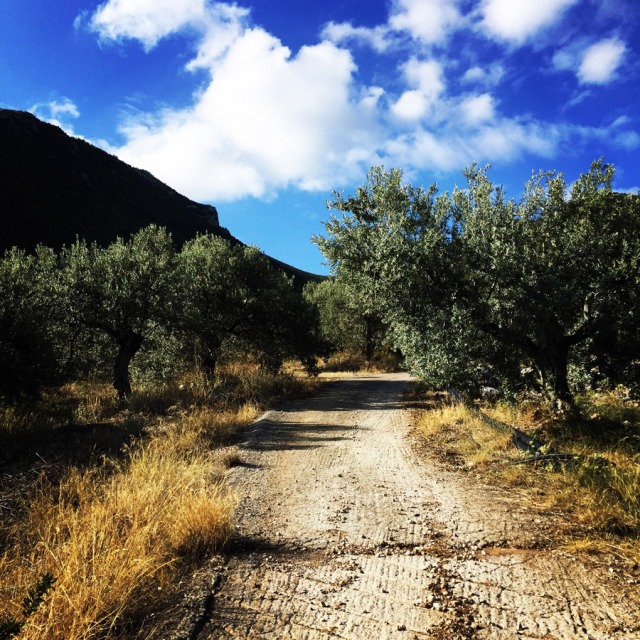
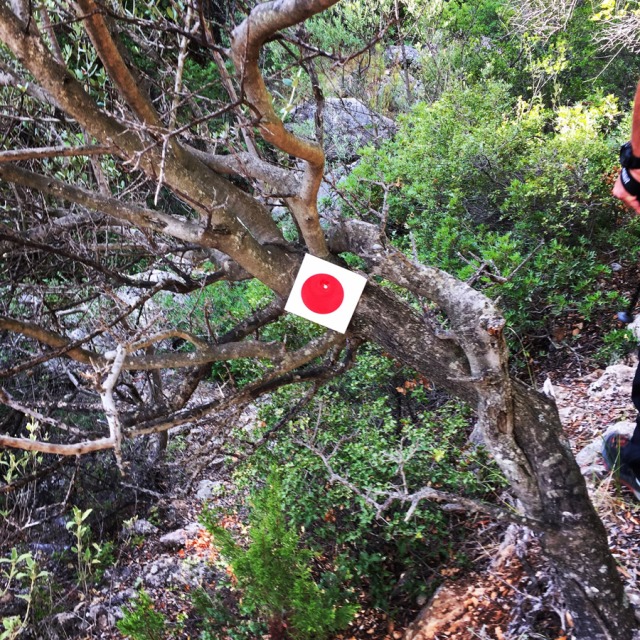


Epidaurus was independent of Argos and not included in Argolis until the time of the Romans. With its supporting territory, it formed the small territory called Epidauria. Reputed to be founded by or named for the Argolid Epidaurus, and to be the birthplace of Apollo’s son Asclepius the healer, Epidaurus was known for its sanctuary situated about five miles (8 km) from the town, as well as its theater, which is once again in use today. The cult of Asclepius at Epidaurus is attested in the 6th century BC, when the older hill-top sanctuary of Apollo Maleatas was no longer spacious enough.
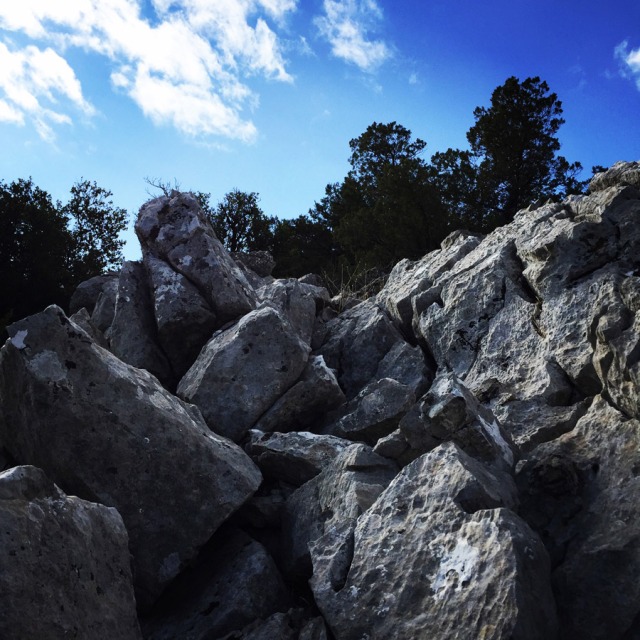


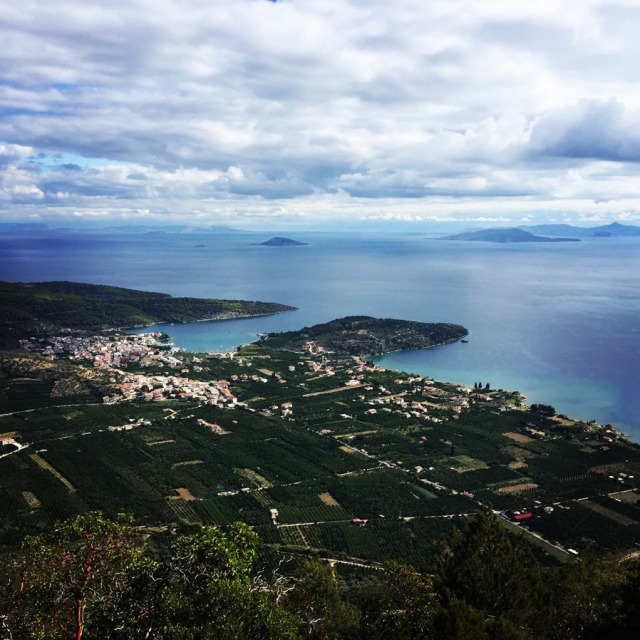
About 2 kilometres since the starting point, we came across some rocks that there is a need of easy and not exposed and/or dangerous scramble. After crossing through this easy-to-pass rocks, we came across with the first view of the peak of Mount Mironia. The hike from the start till the peak is about an hour and a half with slow pace. If someone wants to move faster, I estimated that within 50 minutes can reach the peak.
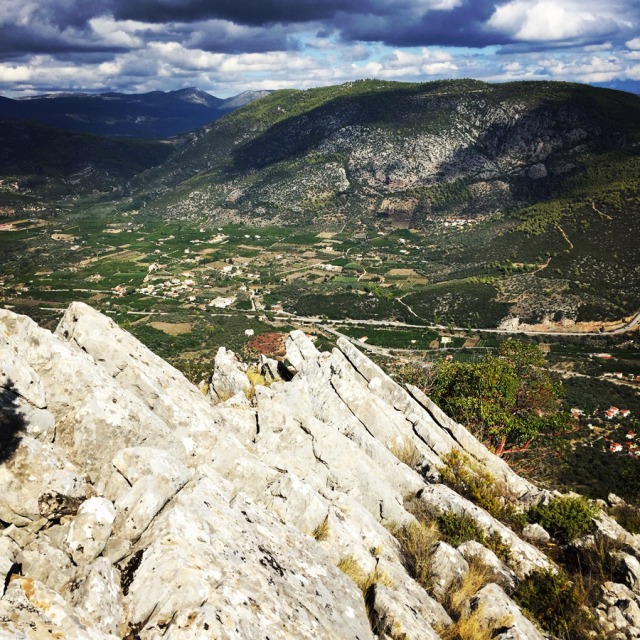
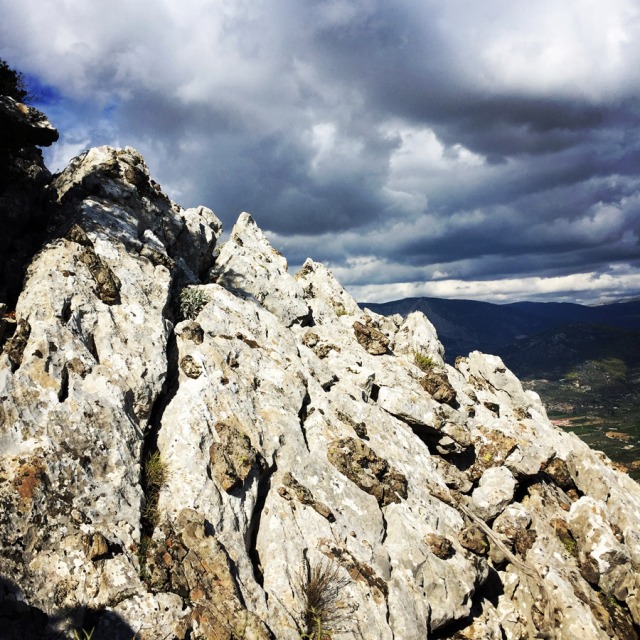
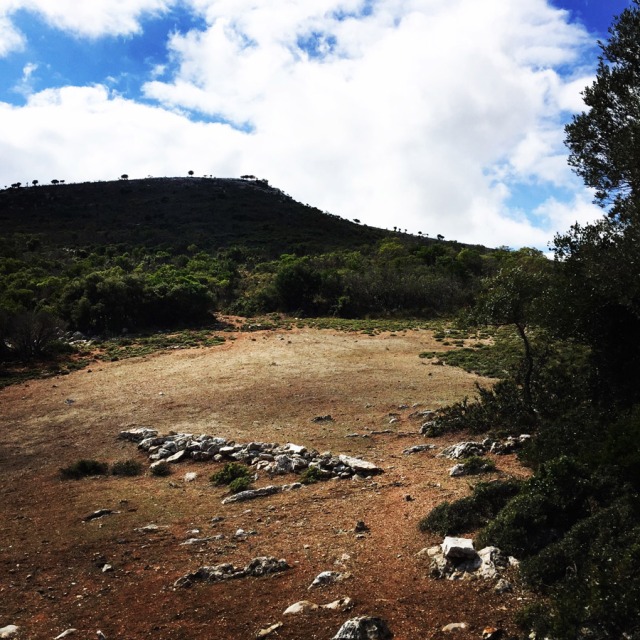

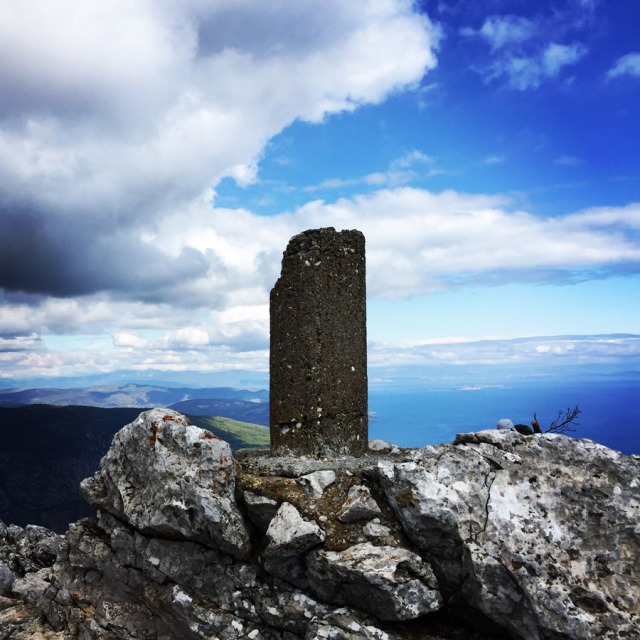
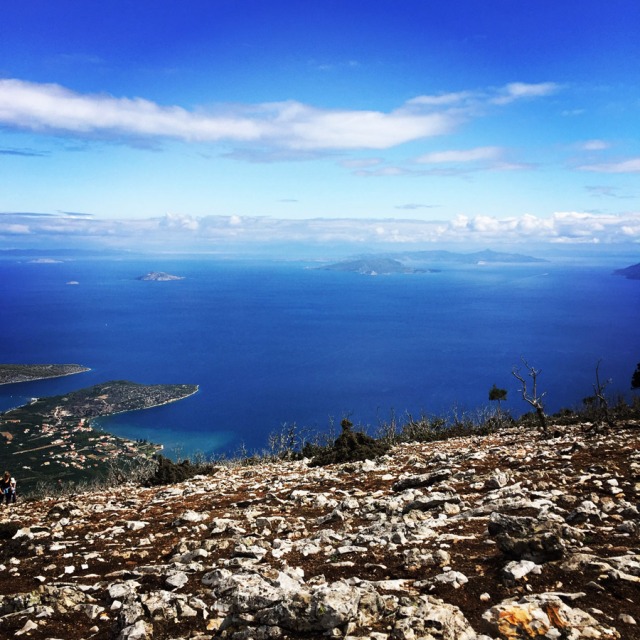
Once we have reached the top, we have had a short break in order to enjoy the spectacular views of the Argo-Saronic gulf. We could clearly see Methana, Aegina Island, Agistri Island and even the west side of Attica. Although a relatively small mountain -actually a hill- Mount Mironia offered us breathtaking views. For a simple day-hike, with cultural interest Mount Mironia was a great choice. Once the whole team have had few minutes of rest and some snacks, we started our descent towards the Sanctuary of Asklepios and the Ancient Theatre of Epidaurus.
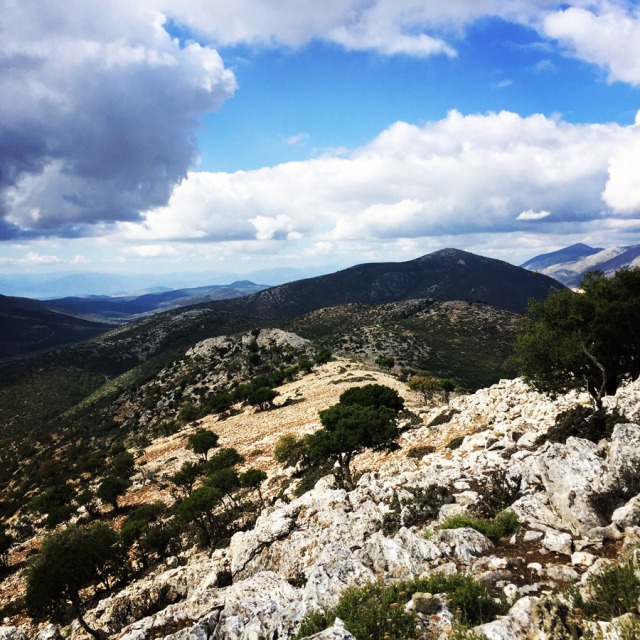

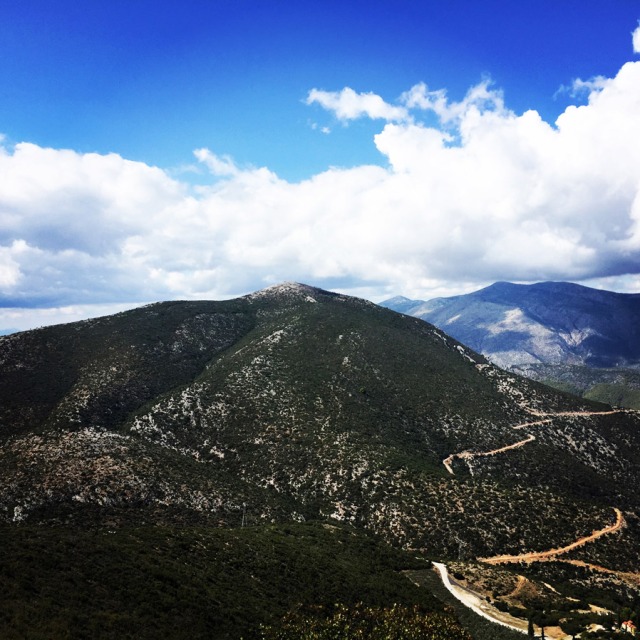
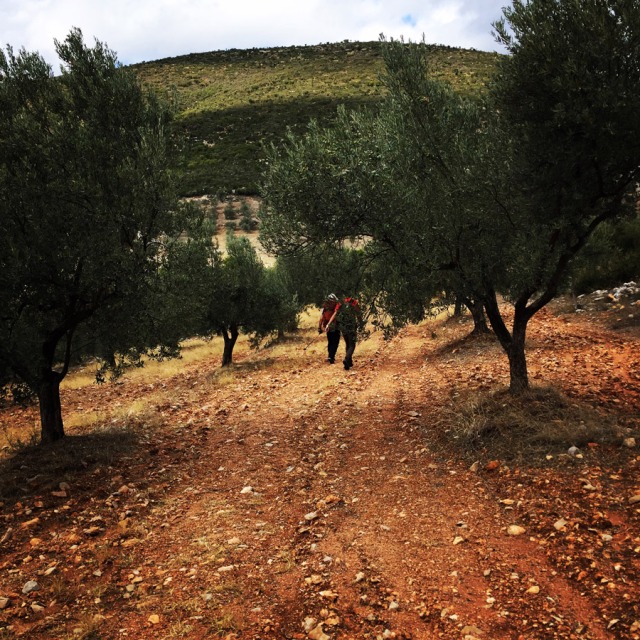
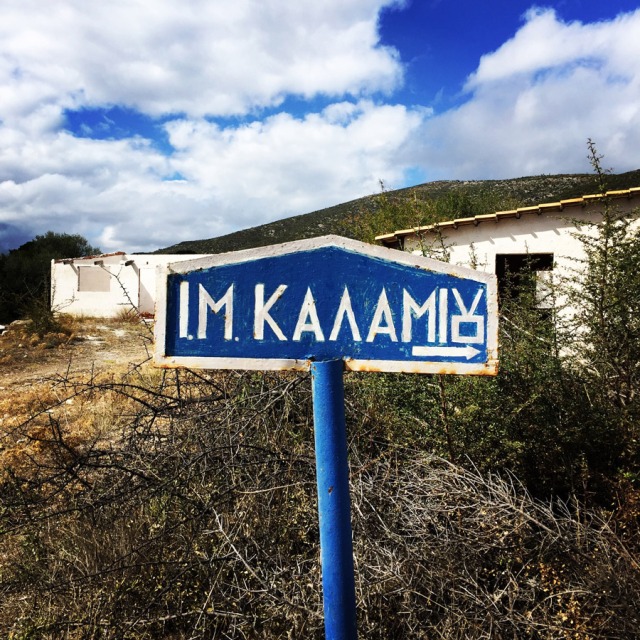
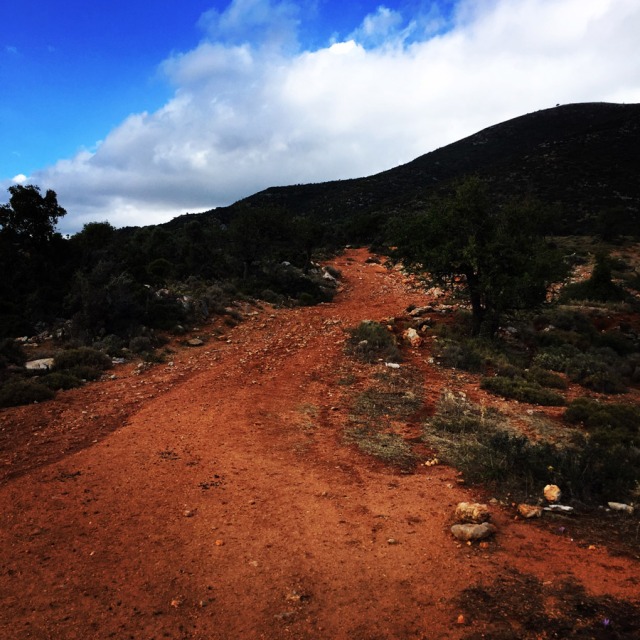
Sanctuary of Asklepios and Epidaurus Ancient Theatre
The Asclepeion at Epidaurus was the most celebrated healing center of the Classical world, the place where ill people went in the hope of being cured. To find out the right cure for their ailments, they spent a night in the enkoimeteria, a big sleeping hall. In their dreams, the god himself would advise them what they had to do to regain their health. Within the sanctuary there was a guest house with 160 guestrooms. There are also mineral springs in the vicinity, which may have been used in healing.
Asclepius, the most important healer god of antiquity, brought prosperity to the sanctuary, which in the 4th and 3rd centuries BC embarked on an ambitious building program for enlarging and reconstruction of monumental buildings. Fame and prosperity continued throughout the Hellenistic period. After the destruction of Corinth in 146 BC Lucius Mummius visited the sanctuary and left two dedications there. In 87 BC the sanctuary was looted by the Roman general Sulla. Still, before 67 BC the sanctuary was plundered by pirates. In the 2nd century AD the sanctuary enjoyed a new upsurge under the Romans, but in AD 395 the Goths raided the sanctuary.
Starting around 350 BC, the cult of Asclepius became increasingly popular. Pilgrims flocked to asclepieia to be healed. They slept overnight (“incubation”) and reported their dreams to a priest the following day. He prescribed a cure, often a visit to the baths or a gymnasium. Since snakes were sacred to Asclepius, they were often used in healing rituals. Non-venomous snakes were left to crawl on the floor in dormitories where the sick and injured slept.


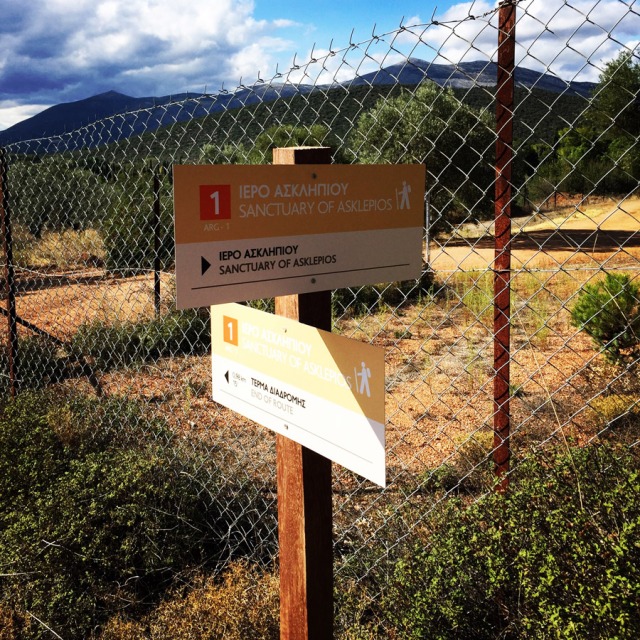

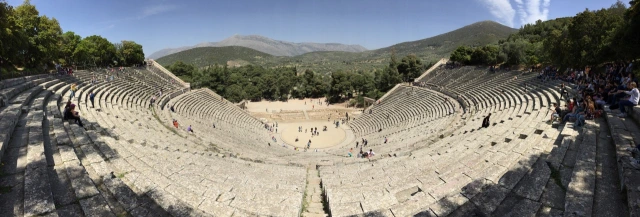
The prosperity brought by the asclepeion enabled Epidaurus to construct civic monuments, including the huge theatre that delighted Pausanias for its symmetry and beauty, used again today for dramatic performances, the ceremonial hestiatoreion (banqueting hall), and a palaestra. The ancient theatre of Epidaurus was designed by Polykleitos the Younger in the 4th century BC. The original 34 rows were extended in Roman times by another 21 rows. As is usual for Greek theatres (and as opposed to Roman ones), the view on a lush landscape behind the skênê is an integral part of the theatre itself and is not to be obscured. It seats up to 14,000 people.
The theatre is admired for its exceptional acoustics, which permit almost perfect intelligibility of unamplified spoken words from the proscenium or skēnē to all 14,000 spectators, regardless of their seating.
Five hours since we started from Ancient Epidaurus where we climbed up the Mount Mironia, having enjoyed spectacular views towards the Argo-Saronic gulf, we reached our destination point. It was a different kind of day-hike that was not about performance, but more about pleasure and cultural exploration.
Details of the climb:
- Location: Epidaurus
- Starting Point: Ancient Epidaurus
- Ending Point: Sanctuary of Asklepios and Ancient Theatre of Epidaurus
- Minimum Elevation: 85 m
- Maximum Elevation: 755 m.
- Elevation Gain: 1.887 m.
- Total Distance: 12.3 km
- Difficulty: Easy
- Water Features: None
Bellow you can see the route we have followed on a map and on 3D
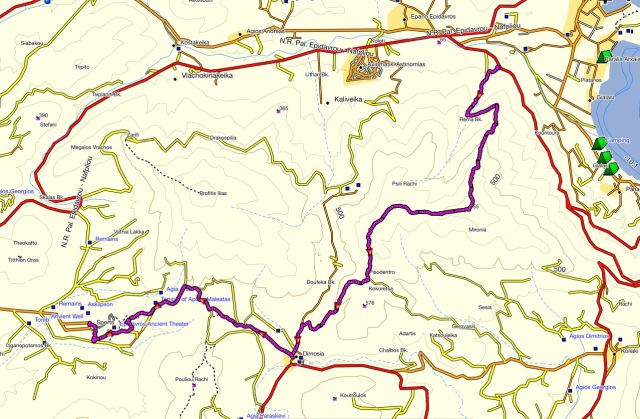
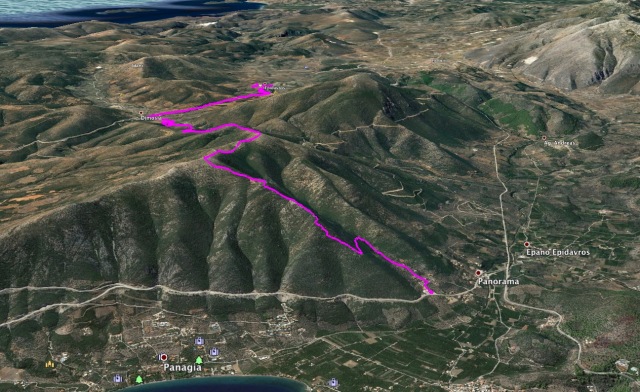
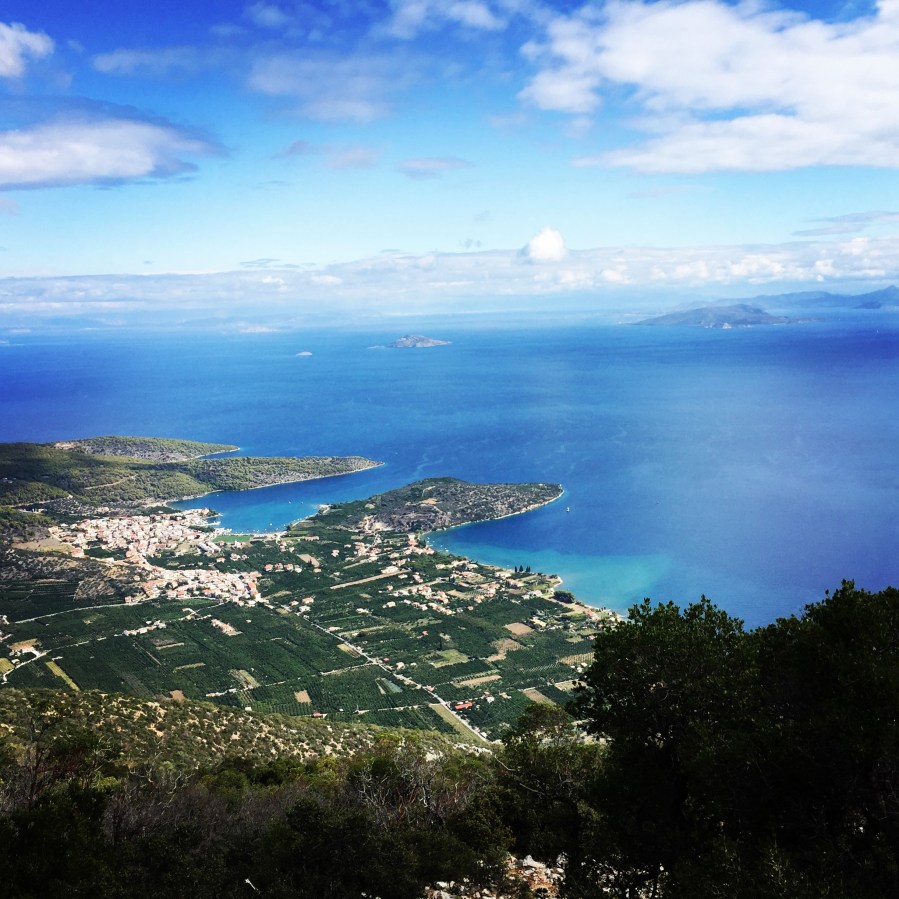
Looks like a nice little scramble. That view of Palaia and the views from Myronia are pretty amazing!
LikeLike
It was indeed a nice easy hike. Actually, I did it as a training session.
Although is not a difficult route, the combination of sea, mountain and cultural elements, such as the ancient theatre of Epidavros, make such routes worth to visit.
LikeLiked by 1 person
We have been to Epidaurus a long time ago, but it was before we were really into hiking. Your post gives us an extra reason to go back. What time of year would you say is best to hike in Greece and Turkey?
LikeLike
Epidaurus is a great place with loads of history and culture and is nice to know you have already been there!
With regards the best season for hiking in Greece, it all depends on your style. I personally prefer winter time, but this requires extra gear and it can be rather cold and therefore not everyone enjoys it
Generally speaking, if you will avoid the summer season (because it can be very hot), then hiking in Greece is very pleasant. During winter time, perhaps you might not be able to reach the high peaks of Greece (unless you are fully equipped) but there are many other routes that you can enjoy.
If I would have to choose one specific season, that would be spring time. Lots of green, beautiful wild flowers, waterfalls. Overall beautiful nature.
For your reference I give you two links to check out:
The Ultimate Guide of Hiking and Mountaineering in Greece
https://olympusmountaineering.wordpress.com/2016/09/20/the-ultimate-guide-of-hiking-and-mountaineering-in-greece/
Top 5 Hiking Trails in Greece
https://olympusmountaineering.wordpress.com/2017/10/01/top-5-hiking-trails-in-greece/
If you would like any further info, feel free to ask over here.
LikeLike
Pingback: Hiking in Ermionida – Ermioni – Kranidi (Argolis) Part 01 | Ermioni – Ag. Anargyroi – Pikrodafni – Ermioni – Olympus Mountaineering
Pingback: Hiking in Ermionida – Ermioni – Kranidi (Argolis) Part 04 | Grand Traverse Mikrovouni – Asprovouni – Profitis Elias – Olympus Mountaineering
Pingback: Climbing in Charamos Crag – Kandia – Argolis, Greece – Olympus Mountaineering
Pingback: Hiking at Methana Volcano – Greece (family friendly) – Olympus Mountaineering
Pingback: Hiking at Methana Volcano – Greece (family friendly) – Olympus Mountaineering
Pingback: Climbing in Castle Thermisia (Kastro Thermisias) – Ermionida, Argolis (2023 Update) – Olympus Mountaineering
Pingback: The Ultimate Guide of Trad Climbing in Ermionida, Argolis – Greece – Olympus Mountaineering
Pingback: Climbing in Charamos Crag – Kandia – Argolis, Greece (Update 2023) – Olympus Mountaineering